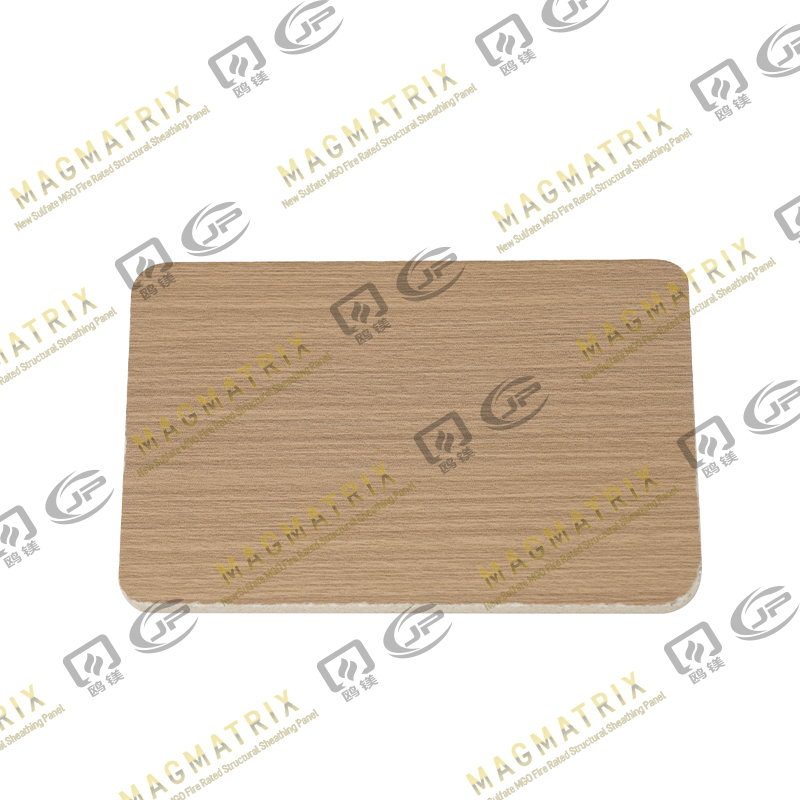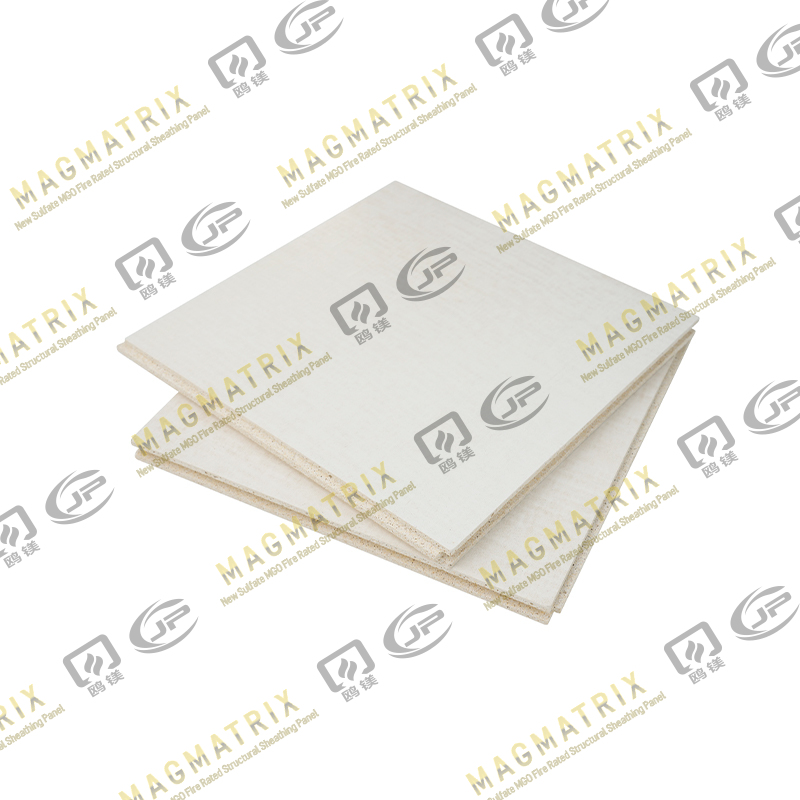
The performance gap between MgO board and drywall makes a big difference to your construction project. MgO boards show remarkable water resistance with just 0.34% surface moisture absorption that drywall can't match at nearly 3%. These boards stay intact even after 100 days underwater, which makes them practically waterproof. The fire safety features of magnesium oxide drywall really shine - they can handle temperatures up to 750°C in standard tests and won't burn or create smoke.
MgO boards pack quite a punch with their impressive specs. They boast an impact strength above 4.5 kilojoules and bending strength ranging from 18-27 MPa. The cost and availability need careful consideration despite these advantages. This detailed comparison looks at everything from installation needs to environmental effects and overall value. You'll know exactly which material works best for your project needs by 2025.
Material Composition and Core Differences
The way construction materials are made greatly affects how well they work. Looking at their molecular structure helps us understand why magnesium oxide board and drywall react differently in various settings.
What is MgO Board (Magnesium Oxide Wall Board)?
Magnesium oxide board is a cement-like building material that contains magnesium oxide (56-58%) mixed with magnesium sulfate (MOS) or magnesium chloride (MOC). These boards use fiberglass mesh (4-6%), perlite (3-4%), wood fiber (5-6%), and small amounts of phosphate. This combination creates a mineral-based material that's both strong and versatile.
Today's MgO boards use magnesium sulfate instead of magnesium chloride to avoid corrosion from chloride ions. This change makes the boards last longer, especially in humid places where older MgO boards might break down.
What is Drywall (Gypsum Board)?
Drywall, also called gypsum board, plasterboard, or sheetrock, has a gypsum core (calcium sulfate dihydrate) that makes up about 78% of its makeup. Heavy paper or fiberglass sheets sandwich this core to make it stronger. Manufacturers mix crushed natural or synthetic gypsum with water and additives to create a slurry.
By 2010, synthetic gypsum made up nearly 45% of all gypsum used in U.S. manufacturing - it comes from power plant pollution control systems. The board's face paper is made almost entirely from recycled materials like newsprint, cardboard, and other post-consumer waste.
Core Materials: Magnesium Oxide vs Calcium Sulfate
These materials' main difference lies in their core compounds. MgO boards use magnesium oxide, which stays stable at very high temperatures and melts at 2800°C. Gypsum (calcium sulfate dihydrate) starts breaking down much sooner, with carbonization beginning around 200°C.
Making MgO cement requires heating magnesium-rich ores between 700°C-1400°C. Gypsum board production needs heating natural or synthetic gypsum to remove water, then adding water back during board creation.
Surface Finish and Additives
Both materials use various additives to work better. MgO boards have fiberglass reinforcement that lets you paint or wallpaper directly on them. Their surface has a smooth outer layer ready for paint, while the back is rougher and works well with adhesives or plaster.
Drywall needs joint compound and sanding before you can finish it. It contains these additives:
Fiberglass or cellulose fibers to make it stronger
Plasticizers to make it flexible
Anti-mildew agents like boric acid
Water-resistance additives such as wax emulsion or silanes
MgO boards help the environment by absorbing carbon dioxide while they cure. They need less energy to make than regular cement products, which leads to about 73% lower carbon emissions than Portland cement.
Performance Metrics: Fire, Water, and Impact Resistance
Performance metrics show how building materials really perform beyond their simple specifications. Numbers tell a powerful story about magnesium oxide boards and traditional drywall's performance under stress.
Fire Resistance: ASTM E136 Test Results
MgO boards excel in fire safety tests. These boards can handle temperatures up to 750°C in standardized ASTM E136 tests without burning. Their natural makeup prevents combustion, which earns them the highest A1 non-combustible classification. MgO boards achieve fire ratings up to 4 hours, unlike standard drywall.
Standard gypsum drywall uses its 21% crystalline water content as temporary protection but only offers 30-60 minutes of fire resistance. Lab tests show that gypsum board loses its structure within 20-30 minutes at 400°C and turns to powder.
Water Resistance: 0.34% vs 3% Moisture Absorption
The difference in moisture handling is huge. MgO boards take in just 0.34% surface moisture, while gypsum boards absorb nearly 3% under similar conditions. This ten-fold difference shows why magnesium oxide wall board stays strong even after long exposure to moisture.
Quality MgO boards can stay submerged for 100 days without damage. They work great in bathrooms, kitchens, basements, and other humid spaces where standard drywall would fail quickly.
Impact Strength: 4.5 kJ vs 1 kJ
Impact resistance shows why magnesium oxide drywall works better in high-traffic areas. MgO boards' impact strength ratings reach 4.5 kilojoules or higher because of their fiberglass mesh reinforcement. This internal cloth-like structure spreads force throughout the material.
Traditional gypsum drywall only reaches 1 kilojoule of impact resistance. This means it's more likely to get dents, cracks, and holes from daily bumps and accidents.
Bending Strength: 18-27 MPa vs <5.6 MPa
Flexural strength shows how well a material resists bending under load. MgO boards show excellent bending strength between 18-27 MPa. This reliable performance makes magnesium oxide board perfect for uses that need structural strength under stress.
Standard gypsum board's bending strength is nowhere near as good at less than 5.6 MPa. This big difference explains why magnesium oxide boards are better for schools, hospitals, and commercial spaces that need lasting durability.
Installation and Handling Experience
Professionals and DIYers often choose wall materials based on how easy they are to handle and install in real-life applications. Learning about these differences shows what matters beyond technical specs.
Ease of Cutting and Shaping
You can cut magnesium oxide wall board with standard tools if you know the right techniques. Thin boards need scoring with a utility knife for cleaner edges, while thicker sections work better with circular saws that have diamond blades. MgO boards create less dust when cut, which keeps work areas cleaner.
Drywall gives you simpler cutting options. Most installers like how gypsum board needs just a utility knife to score and snap along the line. This simple approach makes drywall a great choice when you need to shape and fit pieces quickly.
Tool Requirements: Standard vs Specialized
MgO doesn't need fancy tools, despite what some might say. Basic equipment does the job:
Measuring tape and level
Utility knife or circular saw (preferably with carbide-tipped or diamond blades)
Drill with screwdriver bit
Corrosion-resistant screws
Protective gear
Drywall also uses common tools, but you'll need extra items like joint compound and tape to finish. This finishing step adds time that MgO installations usually don't need.
DIY Friendliness: MgO vs Drywall
Weekend warriors find different benefits with each material. Drywall stays popular with DIYers because it weighs less and you can move it around easily. You can find it anywhere, and its simple cutting makes it perfect for smaller projects.
MgO board gives capable DIYers an interesting choice. The boards weigh more at about 1.5-2.0 pounds per square foot for 12mm thickness, but you get a smooth finish faster with fewer materials. This makes magnesium oxide board appealing if you don't mind the extra weight.
Labor Skill Requirements
Professional crews finish MgO installations 30% faster than drywall projects. Regular construction teams can put up magnesium oxide board without special training.
Putting up gypsum drywall isn't hard, but finishing takes skill. Taping and mudding needs multiple steps and can take up to seven days to set completely. This waiting period affects project schedules more than MgO installations.
Both materials work best when you follow the manufacturer's guidelines. MgO wall board needs proper storage in dry conditions before installation to avoid moisture problems.
Cost and Availability in 2025
Money often decides which building materials we use, even when better options are available. The cost difference between these two choices shows some interesting trends for 2025 projects.
MgO Board Price vs Drywall Cost per Sq Ft
The price difference between these materials is huge in 2025. A square foot of magnesium oxide board costs $1.50 to $3.50, while standard drywall only costs $0.30 to $1.00 per square foot. A standard 4×8 foot sheet of MgO board runs between $48.00 and $80.00, depending on thickness and brand. The complex manufacturing process of magnesium oxide wall board explains this price gap.
Installation Cost Comparison
Material costs tell just part of the story - installation adds another layer of expense. Professional MgO board installation runs $3.00 to $8.00 per square foot with materials included. These higher rates come from premium materials and special handling needs. Regular gypsum drywall installation costs much less, around $2.21 to $2.62 per square foot all-in.
MgO boards have a cool advantage though. The "tile" approach lets us finish installation 30% faster, and we can paint either the same day or next day. This speed helps balance out the higher material costs.
Long-Term Cost Efficiency
MgO board's higher upfront costs pay off over time. Building costs make up just 10-20% of lifetime expenses, while operations and maintenance take up 80-90%, so durability matters a lot. Magnesium oxide board lasts 20-30 years - twice as long as gypsum's 10-15 year lifespan.
Insurance companies love MgO boards too. Their excellent fire resistance can save commercial properties thousands each year on insurance premiums throughout the building's lifetime.
Raw Material Sourcing and Supply Chain
The magnesium oxide board market keeps growing steadily. It's expected to jump from $1.86 billion in 2024 to $2.65 billion by 2029, growing at 7.8% yearly. This growth shows how much people want fire-resistant and green building materials.
Supply chain issues still cause headaches. Trade tensions between the US and other countries limit our access to fire-resistant board components, which mostly come from China and Vietnam. These issues affect both prices and availability, so planning ahead is key for construction schedules.
Environmental and Health Considerations
Green building choices now go way beyond performance metrics and price tags. Builders who care about the environment look closely at their construction materials' environmental impact.
Recyclability and CO2 Absorption
MgO wall boards have a clear edge over traditional drywall when it comes to environmental sustainability. These boards naturally absorb 20-40% of their carbon dioxide emissions through passive carbonation within 15 years after installation. On top of that, it serves as "Nutritional Waste" that's completely recyclable. You can grind up leftover MgO material and add it to soil as plant nutrients. This makes it a truly circular building material.
Drywall creates big problems when thrown away. Gypsum boards in landfills can release harmful hydrogen sulfide gas that damages nearby ecosystems. MgO production creates only 70 kg of CO2 per ton, nowhere near cement's hefty 740 kg.
Toxicity and Indoor Air Quality
MgO drywall shines even brighter when we look at health impacts. ASTM D5116-10 testing shows these boards have zero volatile organic compounds (VOCs). The manufacturing process skips harmful ingredients like formaldehyde, asbestos, toxic binders, crystalline silica, and heavy metals. This creates a safer home environment.
This difference matters a lot if you have breathing problems. MgO boards work well for people with allergies, asthma, or chemical sensitivities. Regular gypsum boards, especially those made with synthetic gypsum, might contain substances that harm indoor air quality.
Mold, Mildew, and Pest Resistance
MgO board's inorganic makeup naturally fights off biological threats. These boards earned a perfect 0/0/0 rating in the ASTM G21 antifungal test. This shows they excel at stopping mold, mildew, and fungal growth. Their antimicrobial properties help prevent common health issues like breathing problems and allergic reactions from mold exposure.
The boards also keep termites and wood-boring insects away. This eliminates the need for chemical treatments that many standard building materials require.
Energy Consumption in Manufacturing
Manufacturing these boards takes just 25-50% of the energy needed for calcium hydroxide or Portland cement. Lower processing temperatures make this possible - MgO boards need only 600°C-1300°C while traditional cement requires 1400°C. These energy savings lead to a much smaller carbon footprint throughout the material's life.
Comparison Table
| Characteristic |
MGO Board |
Drywall |
| Material Composition |
|
|
| Primary Component |
Magnesium Oxide (56-58%) |
Gypsum (Calcium Sulfate) (78%) |
| Reinforcement |
Fiberglass mesh (4-6%) |
Paper or fiberglass sheets |
| Performance Metrics |
|
|
| Fire Resistance |
Up to 750°C, 4-hour rating |
30-60 minutes |
| Moisture Absorption |
0.34% |
3% |
| Impact Strength |
4.5+ kilojoules |
1 kilojoule |
| Bending Strength |
18-27 MPa |
<5.6 MPa |
| Water Submersion |
Withstands 100 days |
Not water-resistant |
| Installation |
|
|
| Installation Speed |
30% faster than drywall |
Needs extra finishing time |
| Weight (12mm thickness) |
1.5-2.0 lbs per sq ft |
Lighter (exact weight not specified) |
| Cutting Difficulty |
Needs special blades |
Scores and snaps easily |
| Cost (2025) |
|
|
| Material Cost (per sq ft) |
$1.50-$3.50 |
$0.30-$1.00 |
| Installation Cost (per sq ft) |
$3.00-$8.00 |
$2.21-$2.62 |
| Environmental Impact |
|
|
| CO2 Absorption |
Absorbs 20-40% of emissions |
Not mentioned |
| VOC Emissions |
Zero VOCs |
Contains potential hazardous substances |
| Recyclability |
Fully recyclable as nutritional waste |
Releases harmful gasses in landfills |
| Durability |
|
|
| Lifespan |
20-30 years |
10-15 years |
| Mold Resistance |
Perfect 0/0/0 ASTM G21 rating |
Not specified |
Conclusion
Your choice between MGO board and drywall ended up depending on your project's needs and budget. MGO boards showed they're better in almost every way you can measure performance. These boards only absorb 0.34% moisture while drywall soaks up 3%, which makes them practically waterproof. On top of that, they can handle heat up to 750°C and are classified as non-combustible, which is nowhere near what regular gypsum boards can do.
MGO boards really shine when it comes to strength. They're 4.5 times stronger against impacts than drywall, and their bending strength reaches 27 MPa - about five times more than gypsum boards. This explains why they work so well in busy areas and commercial buildings where things need to last.
Each material has its pros and cons during installation. Drywall is easier to cut and shape. However, MGO boards can be put up about 30% faster because they're easier to finish. This faster installation helps balance out the price difference - MGO boards cost $1.50-$3.50 per square foot while drywall runs $0.30-$1.00.
MGO wall boards are much better for the environment than regular drywall. They absorb 20-40% of their CO2 emissions, have no VOCs, and never grow mold. They're also fully recyclable as "Nutritional Waste," unlike gypsum which can cause problems in landfills.
MGO boards are worth more in the long run because they last longer, cost less to maintain, and might even lower your insurance costs. Projects that care more about performance, durability, and environmental effects than upfront costs should go with magnesium oxide boards. But if you're watching your budget and don't need all these extra features, drywall might still be your best bet. Your final choice should match what you need, what matters most to you, and your budget for 2025 and beyond.
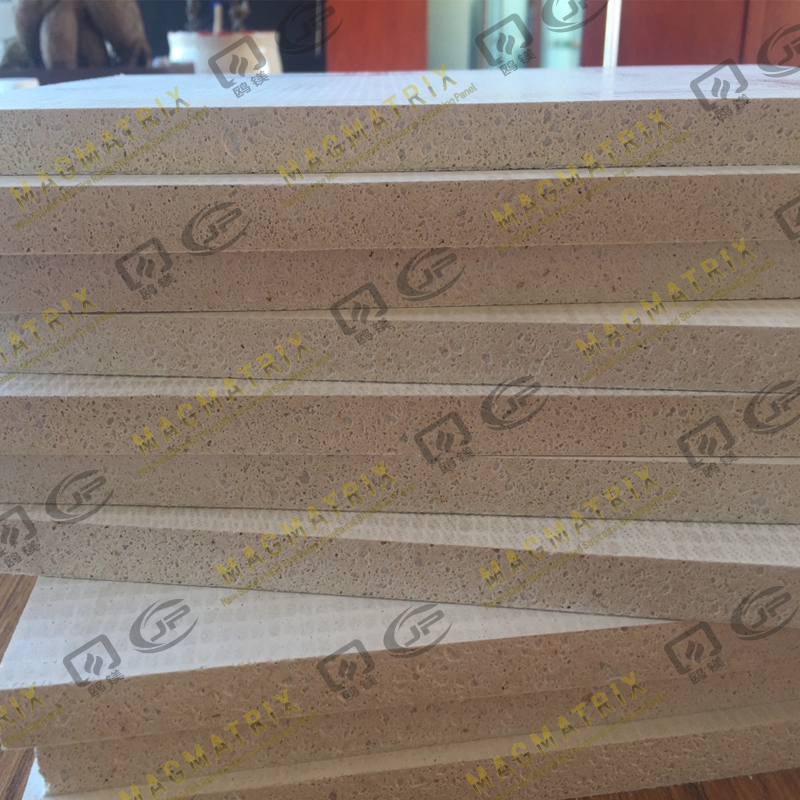 BMSC 517 New Sulfate MgO Board
BMSC 517 New Sulfate MgO Board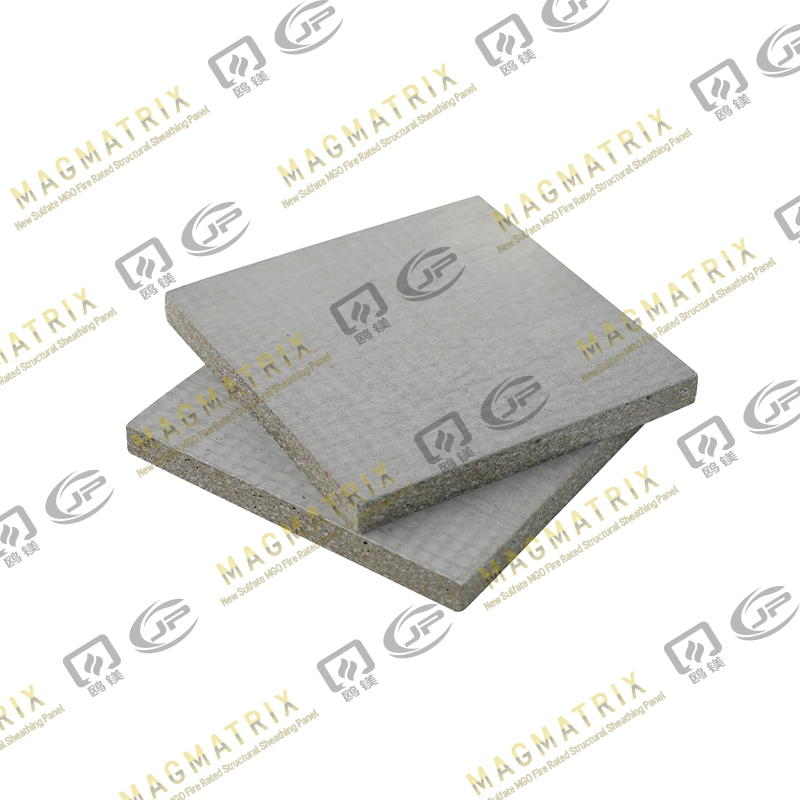 Multi-Support MgO Wall Sheathing Board
Multi-Support MgO Wall Sheathing Board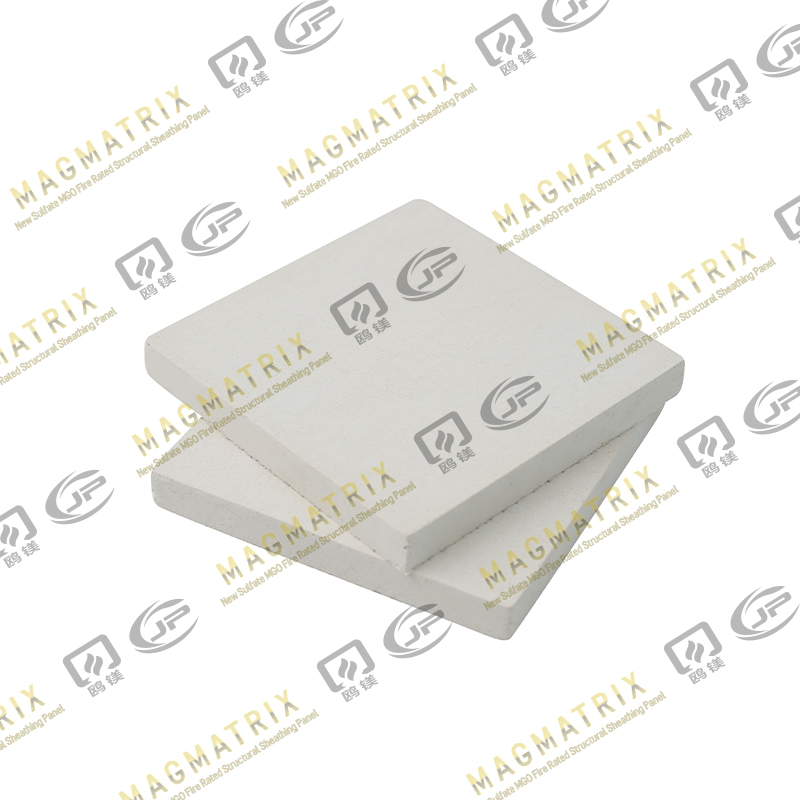 Perseverance MgO Wall Sheathing Board
Perseverance MgO Wall Sheathing Board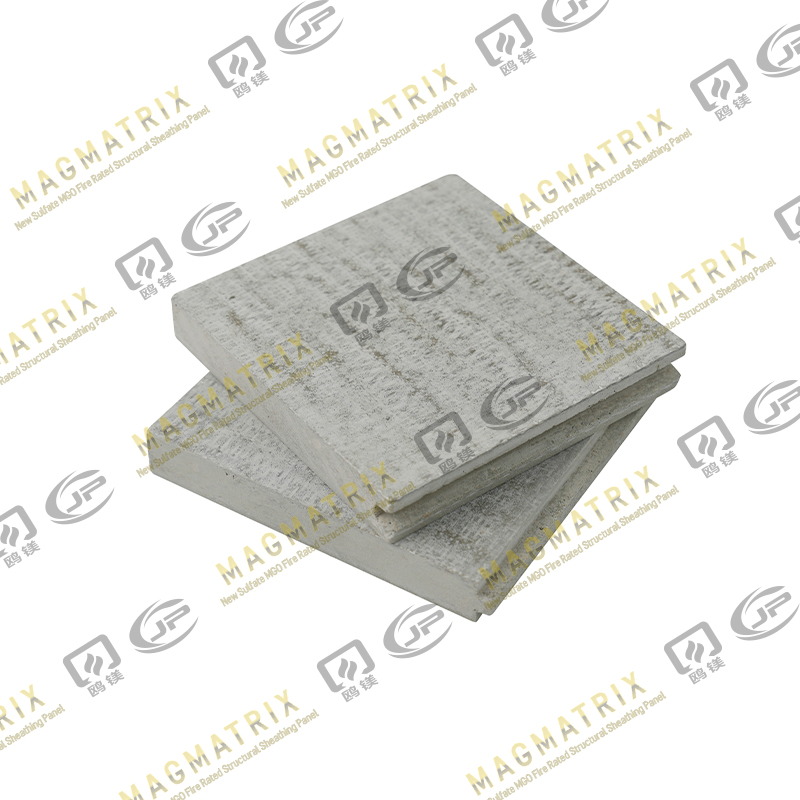 Multi-Support MgO Subfloor Sheathing Board
Multi-Support MgO Subfloor Sheathing Board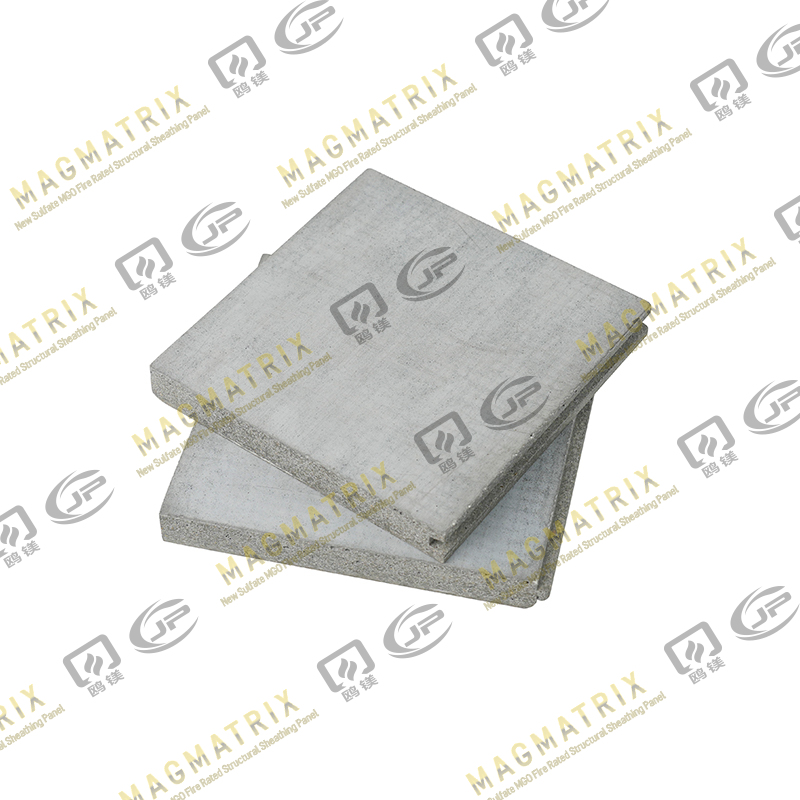 Perseverance MgO Subfloor Sheathing Board
Perseverance MgO Subfloor Sheathing Board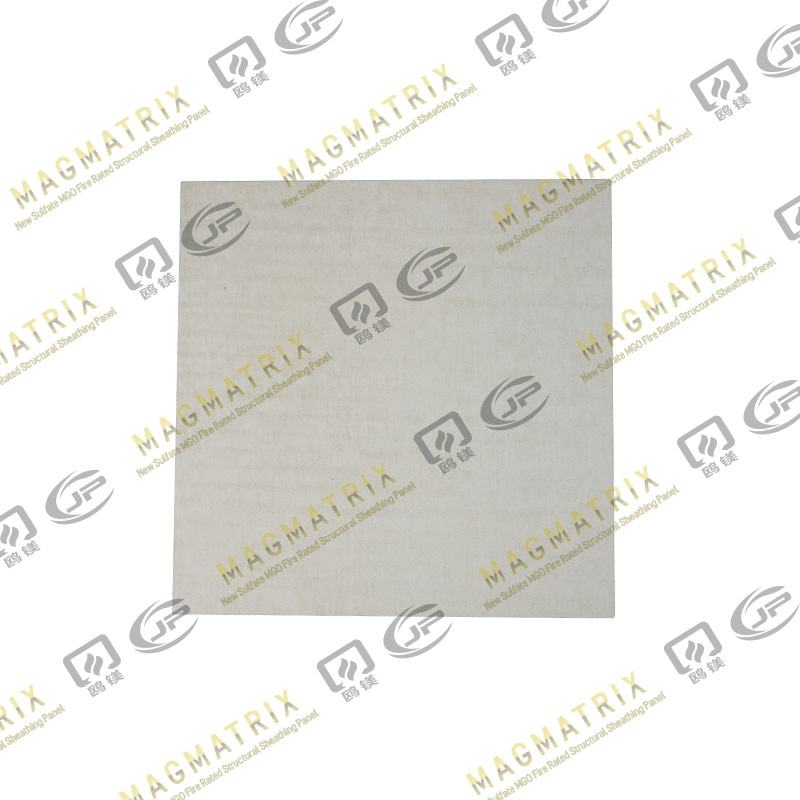 MagMatrix MgO Underlayment Panel/board
MagMatrix MgO Underlayment Panel/board


 English
English русский
русский Español
Español
